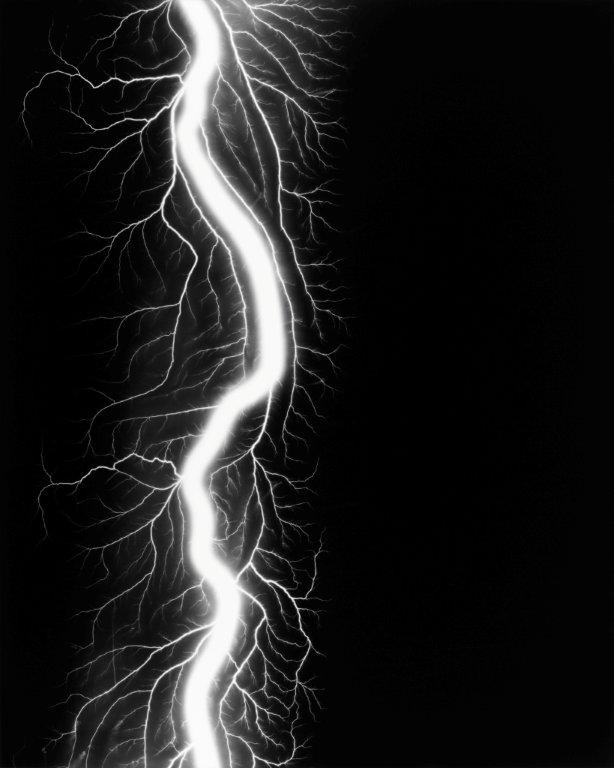The word electricity is thought to derive from the ancient Greek elektron, meaning “amber.” When subject to friction, materials such as amber and fur produce an effect that we now know as static electricity. Related phenomena were studied in the eighteenth century, most notably by Benjamin Franklin. To test his theory that lightning is electricity, in 1752 Franklin flew a kite in a thunderstorm. He conducted the experiment at great danger to himself; in fact, other researchers were electrocuted while conducting similar experiments. He not only proved his hypothesis, but also that electricity has positive and negative charges. In 1831, Michael Faraday’s formulation of the law of electromagnetic induction led to the invention of electric generators and transformers, which dramatically changed the quality of human life. Far less well-known is that Faraday’s colleague, William Fox Talbot, was the father of calotype photography. Fox Talbot’s momentous discovery of the photosensitive properties of silver alloys led to the development of positive-negative photographic imaging. The idea of observing the effects of electrical discharges on photographic dry plates reflects my desire to re-create the major discoveries of these scientific pioneers in the darkroom and verify them with my own eyes.
– Hiroshi Sugimoto, writing on his Lightning Fields series
Hiroshi Sugimoto’s work has been the subject of major exhibitions at venues around the world, including Museum der Kulture, Basel; Lille Metropole: musée d’art moderne, d’art contemporian et d”art brut, Lille; Hara Museum of Contemporary Art, Tokyo; and 21st Century Museum of Contemporary Art, Kanazawa. Hiroshi Sugimoto: End of Time, was co-organized by the Hirshhorn Museum and the Mori Museum, and traveled to The Modern Art Museum of Fort Worth in 2006.
